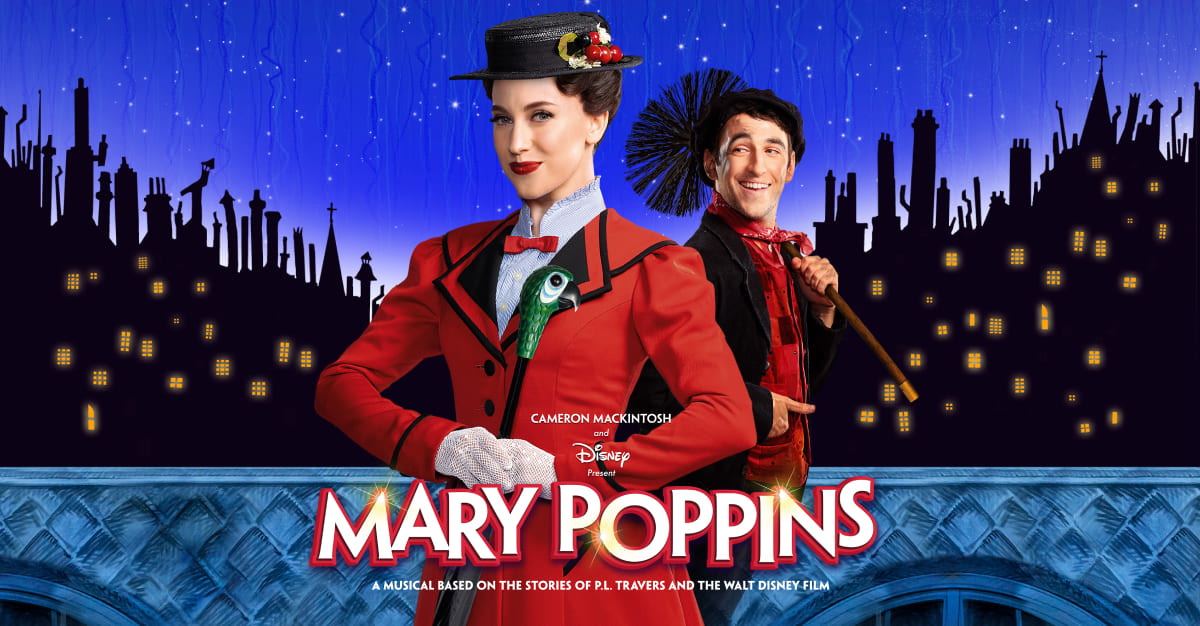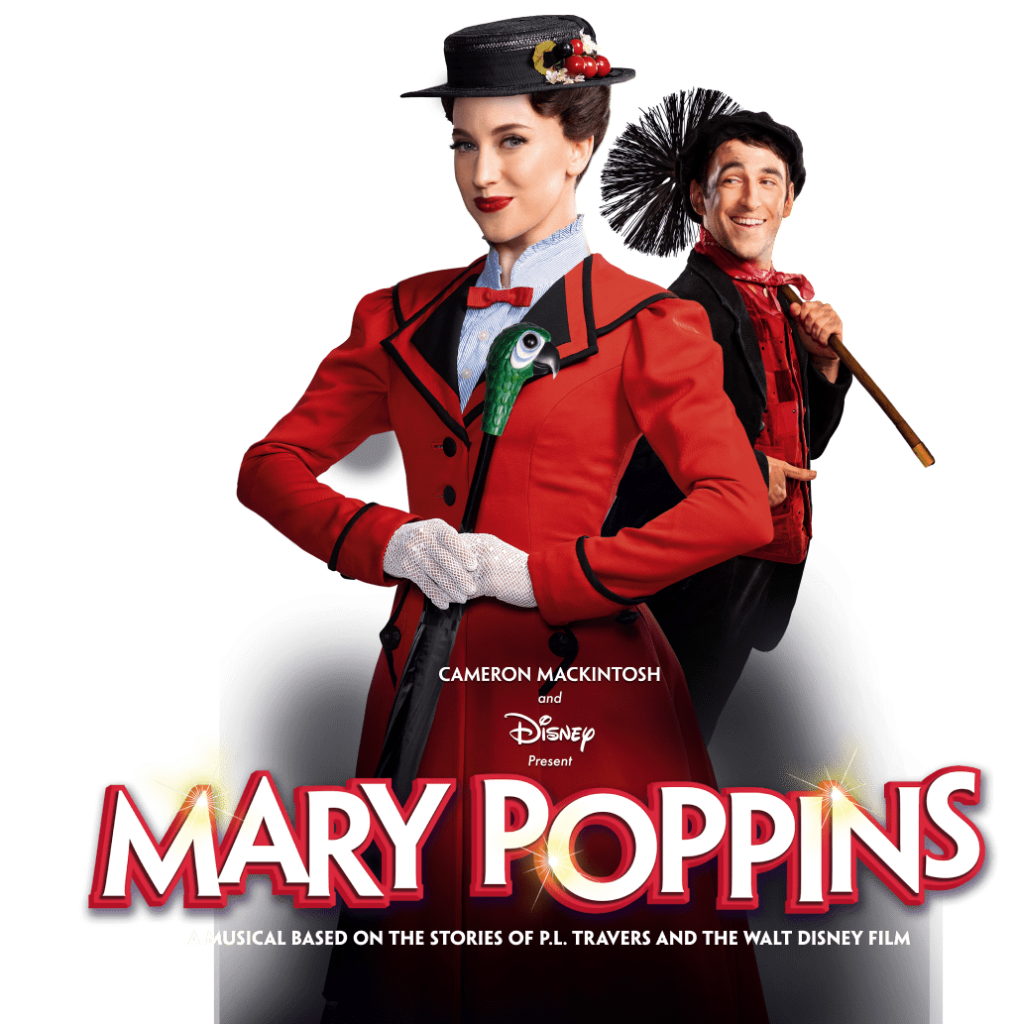
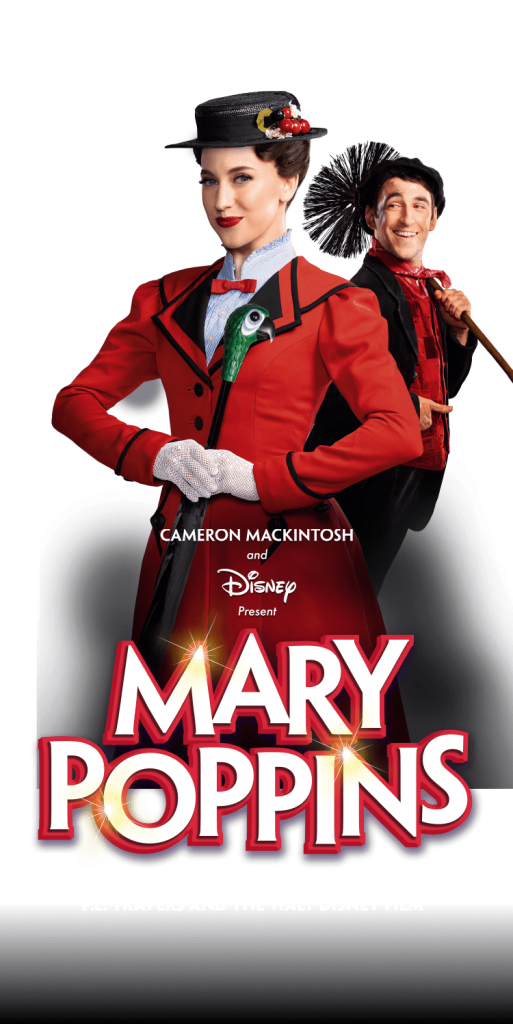
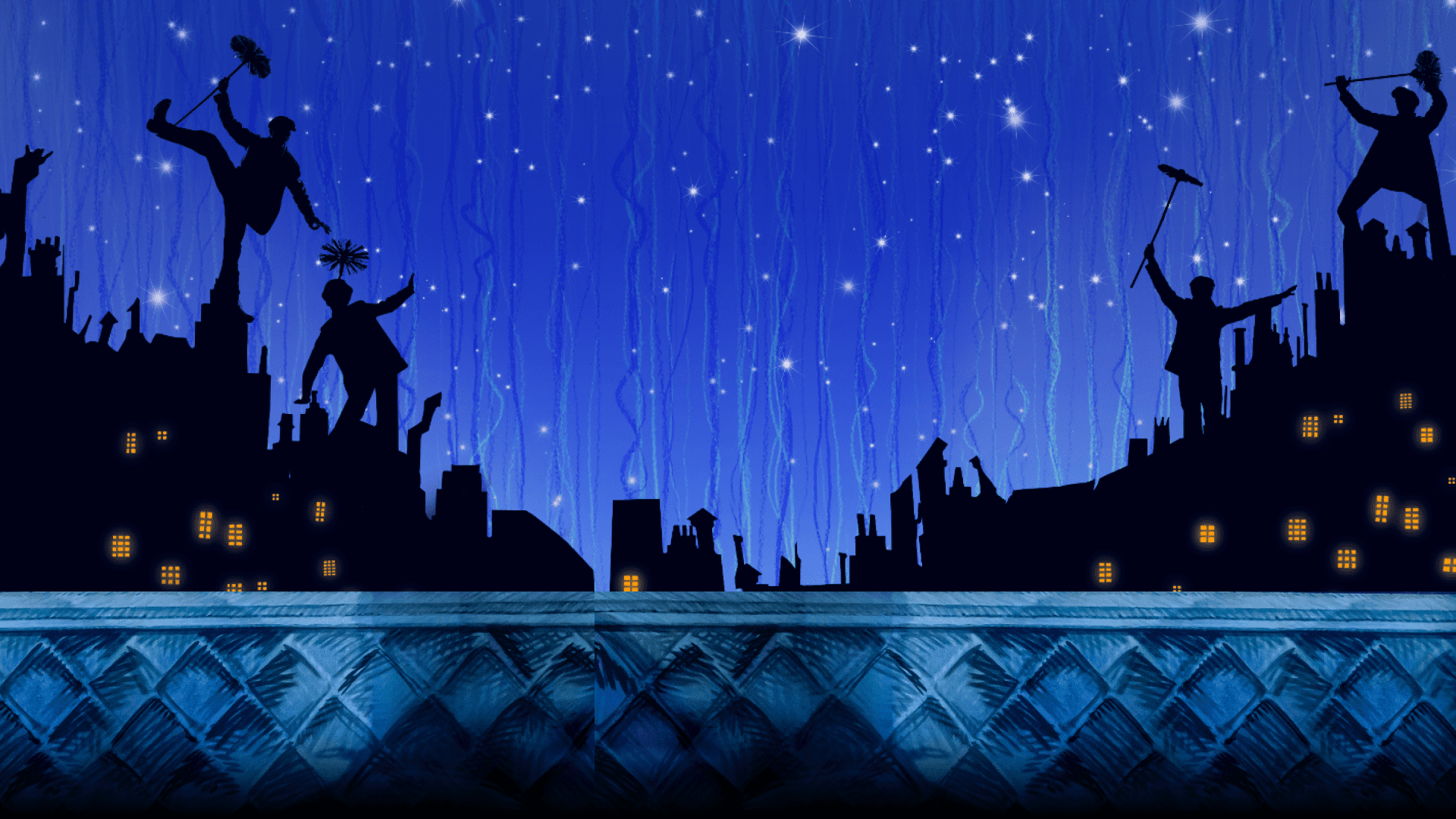
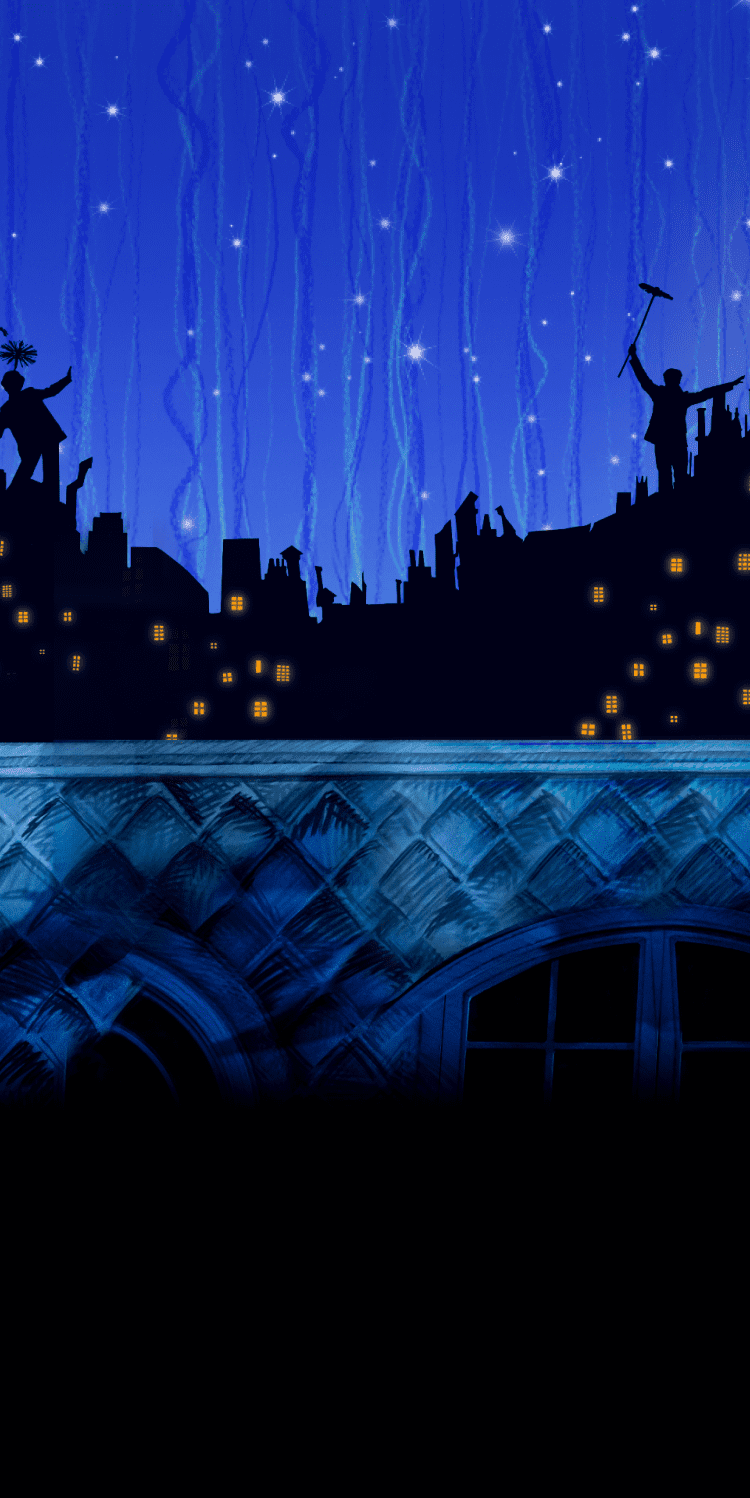
‘PRACTICALLY PERFECT IN EVERY WAY’
DAILY TELEGRAPH, DAILY EXPRESS, OBSERVER, SUNDAY MIRROR, MAIL ON SUNDAY, SUNDAY EXPRESS, SUNDAY TIMES
Cameron Mackintosh and Disney’s spectacular production of the classic multi award-winning musical MARY POPPINS will embark on a 2024/2025 UK and Ireland tour from November.
Acclaimed Australian stars, Stefanie Jones and Jack Chambers reprise their roles as Mary Poppins and Bert, having both received critical acclaim and nightly standing ovations for their performances in the recent Australian production.
Based on the stories of P.L. Travers and the Walt Disney film, the story of the World’s favourite nanny arriving on Cherry Tree Lane is even more magical than ever before featuring dazzling choreography, incredible effects and unforgettable songs. The timeless score includes the classic songs; Jolly Holiday, Step in Time, Supercalifragilisticexpialidocious and Feed the Birds with new songs and additional music and lyrics by the Olivier award-winning British team of George Stiles and Anthony Drewe.
TOUR DATES
Bristol
BRISTOL HIPPODROME
From 4th November 2024
TICKETS NOW ON SALE
Dublin
BORD GÁIS ENERGY THEATRE
From 11th December 2024
TICKETS NOW ON SALE
EDINBURGH
FESTIVAL THEATRE
From 22nd January 2025
TICKETS NOW ON SALE
PLYMOUTH
THEATRE ROYAL
From 26th February 2025
Tickets now on sale
MANCHESTER
PALACE THEATRE
From 9th April 2025
TICKETS NOW ON SALE

